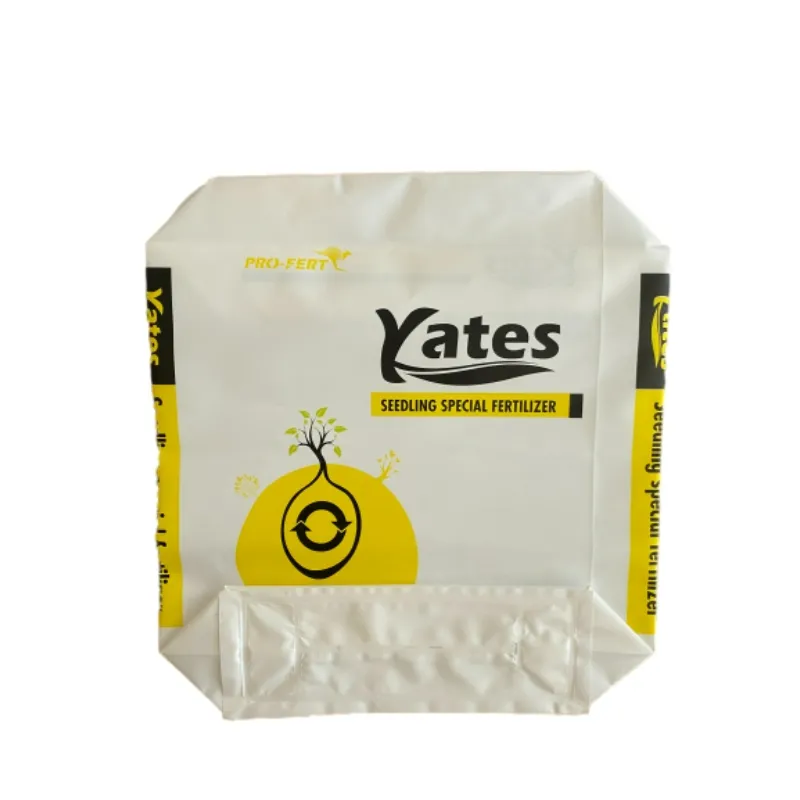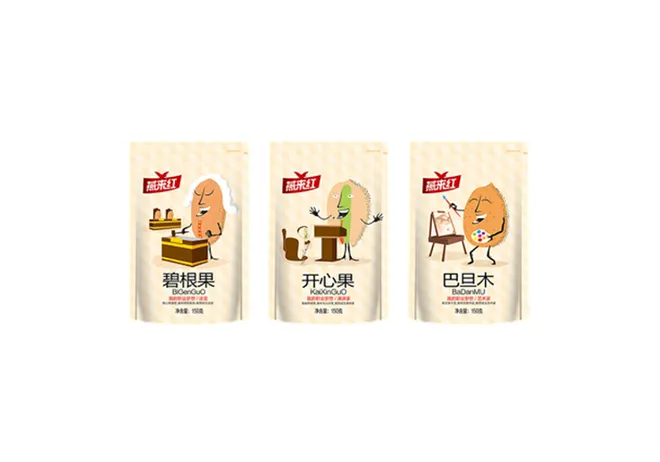In an ever-evolving world where environmental concerns take precedence, sustainable packaging for pet food is not just a trend but a critical responsibility. As more pet owners become environmentally conscious, they demand transparency and eco-friendly options in pet food packaging. This shift necessitates a closer look at how companies can lead this transformation with authenticity and innovation.

Understanding sustainable packaging in pet food starts with recognizing the dual benefits advancing environmental goals and aligning with consumer values. The rise in the eco-conscious consumer base is significant. These consumers prioritize reducing waste, selecting compostable or recyclable materials, and supporting brands with eco-friendly missions.
One of the vital aspects of sustainable packaging is the choice of materials. Biodegradable plastics, recycled paper, and even innovative materials like mushroom-based packaging or algae-derived alternatives are gaining traction. These materials not only reduce the carbon footprint but also enhance brand appeal by reflecting a genuine commitment to sustainability. Companies like TIPA have set benchmarks by providing bio-based and fully compostable packaging solutions that break down within a few months, ensuring minimal environmental impact.

Innovation is paramount in creating practical and sustainable pet food packaging. ActivePro, a leading innovator, has pioneered smart packaging solutions that maintain product freshness while using minimal materials. These cutting-edge designs prolong the shelf life of products by utilizing natural preservatives embedded within the packaging, thus ensuring that pet food remains fresh without the environmental burden of excessive packaging.
Transparency is another pillar critical to the credibility of sustainable packaging. Pet owners are increasingly skeptical of greenwashing – a practice where companies falsely claim eco-friendliness. Businesses need to provide clear and detailed information about the sourcing, production, and disposal of their packaging materials. Certifications from recognized environmental organizations can significantly enhance consumer trust. Brands like Earthborn Holistic, which offers clear evidence of its packaging’s environmental benefits, have successfully built loyalty among eco-conscious consumers by offering transparency not just as an option, but as a guarantee.
sustainable packaging pet food
Furthermore, consumer education plays a crucial role in advancing sustainable packaging initiatives. Companies should invest in educating their customers on disposing of packaging responsibly. Instructions on whether packaging can be recycled, composted, or reused can significantly impact the success of sustainability efforts. An informed customer is more likely to engage positively with a brand committed to genuine environmental stewardship.
The adoption of sustainable packaging is bolstered by data that showcases its efficacy and practicality. A study by McKinsey & Company revealed that 75% of millennial consumers are willing to pay more for sustainable products. This statistic underscores the potential market growth for pet food companies willing to embrace eco-friendly packaging and offers a compelling incentive for brands to innovate.
Collaboration between industry stakeholders is essential for scaling sustainable practices. Partnerships with material scientists, packaging designers, and environmental NGOs can drive the development of new solutions that are both sustainable and operationally feasible. Initiatives like the Sustainable Packaging Coalition provide a platform for collaboration and innovation, fostering an environment where groundbreaking ideas can flourish.
In conclusion, sustainable packaging in pet food is not merely an industry challenge but an opportunity to lead by example in environmental conservation. By selecting eco-friendly materials, innovating with purpose, ensuring transparency, and educating consumers, pet food companies can transform an industry segment and make meaningful contributions to global sustainability goals. Through collaboration and continual commitment, brands can foster trust and loyalty, positioning themselves as leaders in a market increasingly defined by environmental consciousness. The journey towards sustainable packaging is both a necessity and an opportunity to create a legacy of stewardship and innovation in the pet food sector.